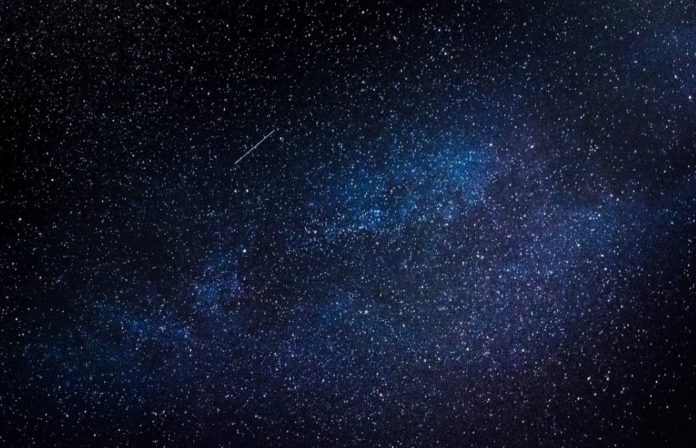A simulation carried out using images from the Gaia space probe allows to estimate the movement of about 40,000 stars near the Solar System. The result, with a couple of curious optical illusions, is a video that will delight any space lover.
It is often said that looking at the sky is always a journey back in time, since the light that we perceive from the stars from Earth is what they emitted, perhaps millions of years ago. But what if instead of traveling to the past we go to the future, imagining how those stars would shine thousands of years ahead.
This is what the European Space Agency (ESA) did through a video that simulates the displacement of some 40,000 stars that are in a range of 100 parsecs – about 326 light years – from our Solar System.
To carry out the simulation, ESA scientists took the high-precision images captured by the Gaia probe – put into orbit in 2013 by the Europeans – and took into account what is known as the proper motion of each star, that is, the way each star changes position in the sky due to its own speed.
- Scientists in Fear of This New Predator From Red Sea Eating Native Species in Mediterranean
- Does This Mean We Stopped Being Animal and Started Being Human Due to ‘Copy Paste’ Errors?
- The One Lifestyle Choice That Could Reduce Your Heart Disease Risk By More Than 22%
- Aging: This Is What Happens Inside Your Body Right After Exercise
- Immune-Boosting Drink that Mimics Fasting to Reduce Fat – Scientists ‘Were Surprised’ By New Findings
The animation, focused on a surprising video of less than 30 seconds, begins with the current position of the stars and continues with what would be their movement over the next 80,000 years.
The movement of each star leaves a trail in the image that allows us to appreciate its trajectory. Shorter trails indicate slower movement, while long trails indicate higher speed movements.
A close look at the simulation may raise a question: are there stars that change speed?
Indeed, during the simulation stars that seem to be accelerating can be seen, since their wake begins to be longer. But do not draw hasty conclusions: from ESA they clarify that it is an illusion caused because, in reality, the star is approaching us.
Since the proper motion of the stars is actually a measure of angular velocity, it happens that the stars closest to the Earth appear to have a higher velocity than the more distant ones, even though their actual velocity may be the same.
And it is not the only illusion that is perceived, since at the end of the video the stars seem to “group” on the right of the image, leaving the left side and the less populated center. This does not mean that the stars are attracted to a particular place in the Universe. According to ESA, it is due to an observation error caused by the instruments used, caused by the average movement of the Solar System in relation to the stars that surround it.
The animation ends with a still image that goes further and shows in a static way how the stars would have moved after 400,000 years from the present. The image makes it clear that we live in a Universe in Stellar motion.
